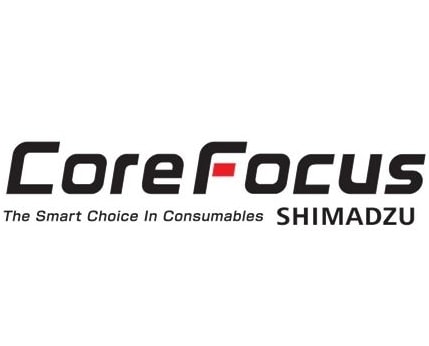Shim-pack Bio Diol
HPLC Column
Size Exclusion Chromatography Columns
With different pore sizes, Shim-pack Bio Diol LC columns are effective for analysis of aggregates and fragments of mAb, oligonucleotides and carbohydrates.

| Shim-pack Bio Diol | Diol-60 | Diol-120 | Diol-200 | Diol-250 | Diol-300 | |||
|---|---|---|---|---|---|---|---|---|
| Particle | Silica | |||||||
| Ligand | Dihydroxypropyl(Diol) | |||||||
| Particle Size | 3 μm,5 μm | 2 μm,3 μm,5 μm | 3 μm | 2 µm,3 µm,5 µm | ||||
| Pore Size | 6 nm | 12 nm | 20 nm | 25 nm | 30 nm | |||
| pH Range | 5.0 - 7.5 | |||||||
| Molecular Weight Range |
below 10,000 | 1,000 - 100,000 | 5,000 - 300,000 | 100,000 - 700,000 | 20,000 - 1,000,000 | |||
Features
News / Events
-
New Technical Report is available, Optimization of Supercritical Fluid Extraction Parameters for Vitamins D2, D3, and K1 from Pharmaceutical Preparations
New Technical Report is available, Optimization of Supercritical Fluid Extraction Parameters for Vitamins D2, D3, and K1 from Pharmaceutical Preparations
-
New Tips & Tricks is available, Automated Dilution and Preparation of Standard and Sample Solutions for Analysis
-
Shimadzu Corporation has released LabSolutions Detect, a software with AI Functionality to support Anomaly Detection for Liquid Chromatographs (LC).
LabSolutions Detect transforms your LC data review process by visualizing differences between accumulated reference data and daily sample data.
-
New Technical Report is available, A sustainable analytical approach for detecting extra virgin olive oil adulteration using Nexera™ UC
In this study, a fast, simple and green methodology was optimized to detect intentionally adulterated extra virgin olive oil EVOO with cheaper seed oils at different levels by means of subcritical fluid chromatography (subFC) with UV detection, followed by statistical analysis.
-
Shimadzu has released the new integrated LC system, i-Series.
The new i-Series integrated LC: Sustainable design. Reliable results. Uncompromising performance.
-
Core-shell Column: Analysis Basics Now Available.
Discover easy-to-understand insights into the fundamentals of analysis.




